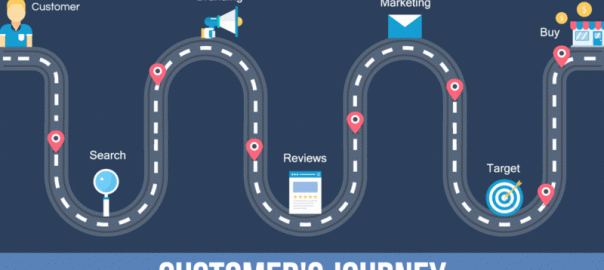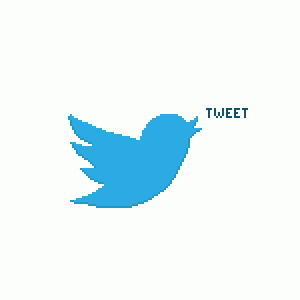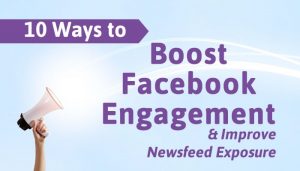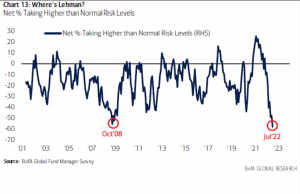How you approach martech is highly dependent on the thread that’s unifying all of your decision-making. Contributor Debbie Qaqish explains how this affects your chances of success.

In 2011, I worked with a large tech firm on their martech stack. This was years before marketing operations (MO) was cool or the term martech or stack was in play.
During our meeting, my contact handed me a single sheet of paper with 20 different logos representing all the technologies they used to support marketing. Her question was, “What should we keep and what should we get rid of? Also, keep in mind that this will be a battle to get alignment on any changes.”
I picked up the sheet of paper, took a look at the logos and replied, “I have no idea.” She was a bit taken aback; after all, I was supposed to be consulting with her on this.
However, like many tech stacks, this one was put together over time and based on many different goals with many different owners. Without a unifying thread with which to make decisions on what stays and what goes, how things are used and how they are integrated, there wasn’t a chance that this tech stack would ever be anything but a set of disparate, costly and ineffective systems representing different fiefdoms.
Fast forward to today, and we know that marketing ops as a capability has quickly matured. Even so, MO groups are still all over the board in creating the “unifying threads” to envision and optimize their stack. Today there are three primary unifying threads in action:
- Technology.
- Funnel.
- Customer journey.
Technology thread

If the MO group uses “technology” as their unifying thread, we find a MO group that acts more like a traditional IT group. Characteristics include chasing the next bright and shiny toy, poor communication protocols, a fiefdom mentality and an “I know best” set of behaviors.
I recently had a front-row seat to a blow-up in a company between a tech-centric MO group and the marketing group. One of the first issues that exacerbated the blow-up was that the MO group was actually part of the company’s IT organization.
Legacy IT function thinking bled into the MO function, and they were entirely too tech-centric. They did not understand marketing or how and why various marketing technologies could help marketing attain their new and bodacious revenue goals.
This MO group’s perspective fueled their priorities, urgencies and actions — and they were not in sync with what marketing needed to accomplish. What was missing was an understanding of how technology drives the larger business goals and initiatives and how technology enables marketing to meet those goals.
As marketing technology becomes rapidly more sophisticated and powerful, there is a real danger of the MO function becoming too tech-centric.
Funnel thread

As both marketing and the MO group mature, there is a shift to what I call the funnel thread.
The funnel thread has become the mantra for B2B marketers. In many ways, the marketing funnel is the center of the B2B marketing universe.
Just look at the metrics that are tracked and reported:
- How many people are in each funnel stage?
- What’s the rate of conversion from one funnel stage to another?
- How can we create content by funnel stage?
- How many MQLs (marketing-qualified leads) are being provided to sales?
- What’s the conversion rate of those MQLs to closed/won business?
Make no mistake about it — when the idea of a funnel managed by marketing first came out, it was revolutionary in the B2B world, and it was a key driver of marketing accountability in revenue. With the rise of the marketing operations function, the marketing funnel was finally able to be fully operationalized and optimized.
As MO acts as a service function that enables marketing goal attainment, let’s look at how a funnel-centric view of the world affects the MO group’s responsibilities.
First, in most cases, the funnel-centric view focuses on only part of the customer journey — the first part, or net-new acquisition. From a systems and data perspective, this has a huge impact on what and how MO buys, implements, integrates with and manages. This myopic approach continues to set up tech fiefdoms, so that now marketing may be at odds with sales, with customer service and with IT. And data is a big issue across these fiefdoms.
While MO is certainly supporting marketing’s funnel-centric approach, in the customer digital economy, where the battleground is customer engagement, more needs to be done. Once marketing understands that with the tools they have, they can affect every part of the customer journey and therefore have a bigger revenue effect, then MO responsibilities expand.
Customer journey thread
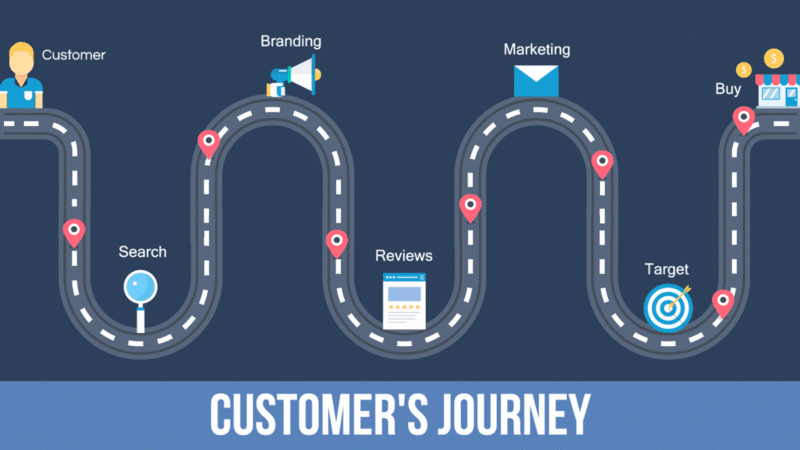
Back to the story of the tech company I was working with on their tech stack. Once I told my contact that I could not advise them on what was written on the paper, my next step was to re-imagine what was on that slip of paper.
My thought was “a picture is worth a thousand words.” I took out my pen and drew the head of a person in the center of the paper. I wrote “customer” underneath the head and turned it back around for my client to view. I advised her that the only way to unify and make sense of all the technologies they had gathered was to take an external, not an internal perspective.
It was time to look at the customers and how they take their journey as the unifying thread for their martech stack. This was the only way to stop turf wars and to optimize the tech stack to drive marketing results.
Let’s look at how unifying technology around the entire customer journey — including net-new acquisition and account expansion — affects MO responsibilities.
First, the MO group becomes a service organization to more than just marketing. I was interviewing a MO executive earlier this week for my upcoming book, and we were talking about MO being a team sport. He was telling me about how adopting a customer-centric approach across the company enabled his team to work across functions to fully enable digital transformation in their global enterprise. His group was now required to look at technology decisions differently based on their customer-centric approach.
Here are some examples of how that perspective impacts the operation:
- Buying technology. Rather than assessing a piece of technology solely on the basis of what it could do for marketing, they now had to assess technology for marketing and other groups. Was the sales team looking at something similar? Were there needs in customer success that might be incorporated into the tech review? Does another group have something they might use in marketing?
- Implementing and integrating technology. Rather than just implementing and integrating to meet the needs of marketing, a bigger picture needed to be executed. Who needs to be involved in implementation if multiple uses across groups were established? What needs to be integrated with what, and how will that work?
- Optimizing technology. From a customer-centric viewpoint, optimizing a tech stack that holistically maps to the customer journey involves collecting data from sources throughout the journey, analyzing that data and working with stakeholders to optimize. This is a very different process and practice when performed across functions versus just within the marketing silo.
I like the phrase, “Doing martech,” because it resonates with what the MO function is responsible for and their fast rise in maturity. However, not all tech stacks are the same, and the fundamental difference starts with identifying your MO’s unifying thread — technology, funnel-centric or customer journey.
So, if you are going to “Do martech” right, you need to evolve beyond the tech and the funnel and put your customer journey at the core.
Opinions expressed in this article are those of the guest author and not necessarily Marketing Land. Staff authors are listed here.
Marketing Land – Internet Marketing News, Strategies & Tips
(87)
Report Post